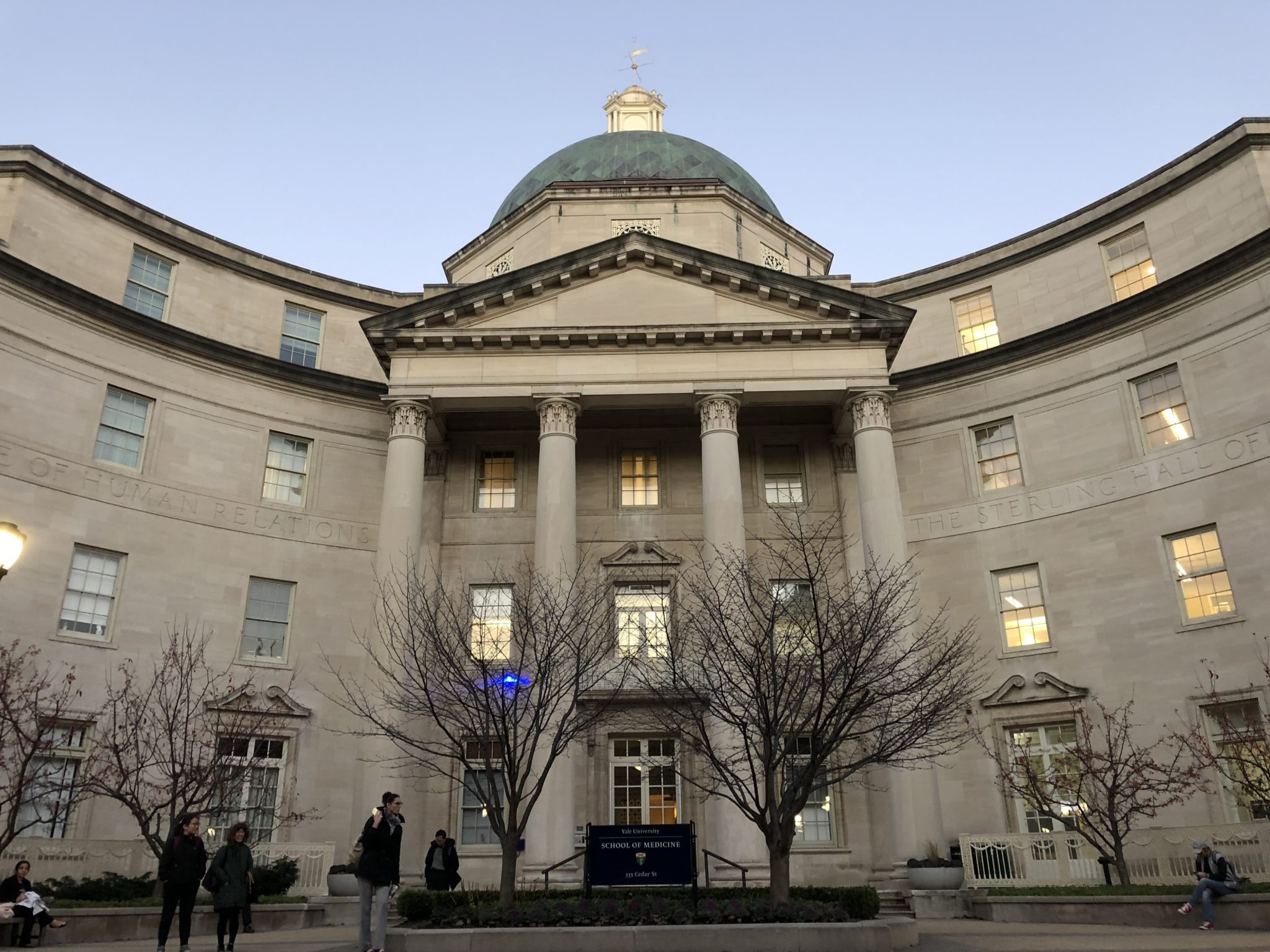
Jeremy Uys
As his 15-year tenure draws to a close, Yale School of Medicine Dean Robert Alpern looks to reduce medical student debt.
At an annual address discussing the state of the medical school, Alpern said that he ultimately envisions students graduating from the School of Medicine debt-free. To accomplish this, he said that he wants to reduce net attendance costs. Students interviewed by the News said they are satisfied with the School of Medicine’s financial aid offerings overall, but they still see room for improvement and welcome Alpern’s proposed changes.
Alpern said that the total cost for attending the medical school is the sum of tuition, living expenses, books and other fees. For qualified students, Yale, like other medical schools, calculates a need-based unit loan — the maximum amount that they will have to borrow in order to cover the total costs of attending the school.
Last year, Yale lowered its unit loan from $30,000 to $23,000 per year. But Alpern wants to go even further.
“To me, the goal is a unit loan of zero,” he said at the annual address. “Which means that any student could come to Yale School of Medicine without debt. I think debt-free should be our mantra.”
The average student attending a private medical school accrues $192,000 in debt over their four years of education, according to Alpern. But at Yale, that number is $121,000. After the changes to the unit loan, Alpern said he believed that total medical school debt would go below $100,000.
The School of Medicine looks at parental income when it calculates a student’s unit loan. In 2007, if a parent made more than $45,000 annually, they were expected to contribute to their child’s medical education. In his annual address Alpern noted that by 2018, the number was raised to $125,000 and is prorated for annual incomes up to $165,000.
At the talk, Alpern also addressed New York University School of Medicine’s 2018 announcement to go tuition-free.
He asked the audience, “Do you think we should be tuition-free for those who have the money and can afford to pay?”
Alpern argued against going tuition-free, saying that it would cost the medical school about $20 million per year — money he said could be put toward improving the school instead.
“I think we’re worth paying for if people have the money,” he said. “But if people don’t have the money, we want them to come here debt-free.”
Students interviewed said that the School of Medicine currently offers generous financial aid. Still, attendance costs are a common topic of conversation.
“I find that Yale does offer a great amount of financial aid to its students and aims to reduce the amount of loans students take as much as possible,” said Stephen Ghazikhanian MED ’21, a member of the Yale School of Medicine Financial Aid Policy Committee. “That being said, there are still students at Yale School of Medicine graduating with hundreds of thousands of dollars in debt.”
Medical Student Council President Sisi Zheng MED ’26 said that the school offers resources to help its students understand their financial aid information and plan for medical school costs. These resources include mandatory information sessions and optional one-on-one meetings with professional consultants.
Looking forward, Zheng said that many students would like the next School of Medicine dean to prioritize the reduction of medical school costs.
The medical school had 560 students pursuing a M.D. degree during the 2017–18 school year.
Marisa Peryer | marisa.peryer@yale.edu







